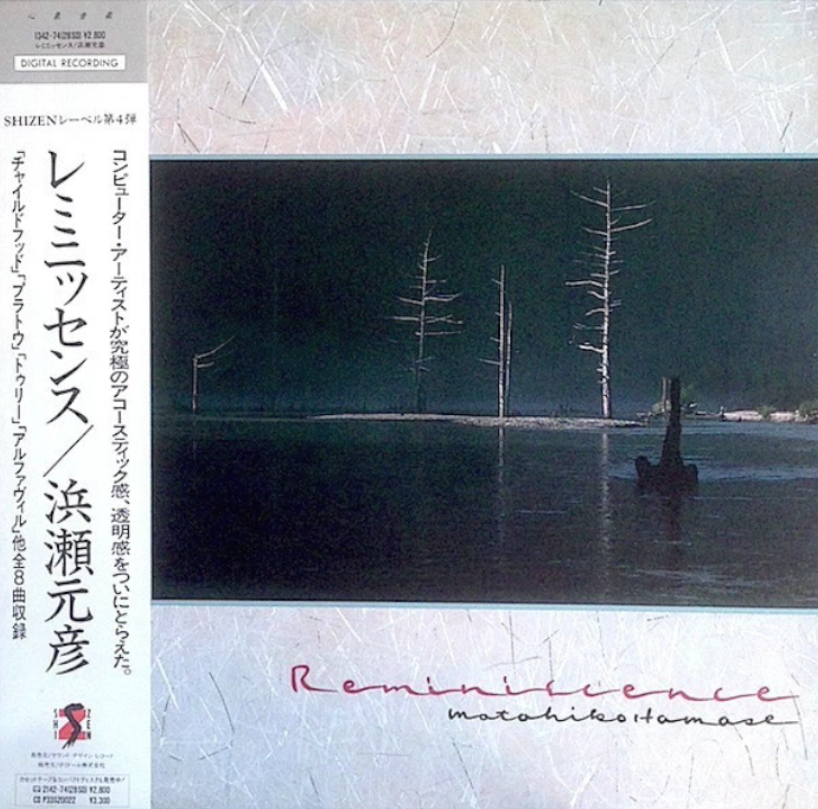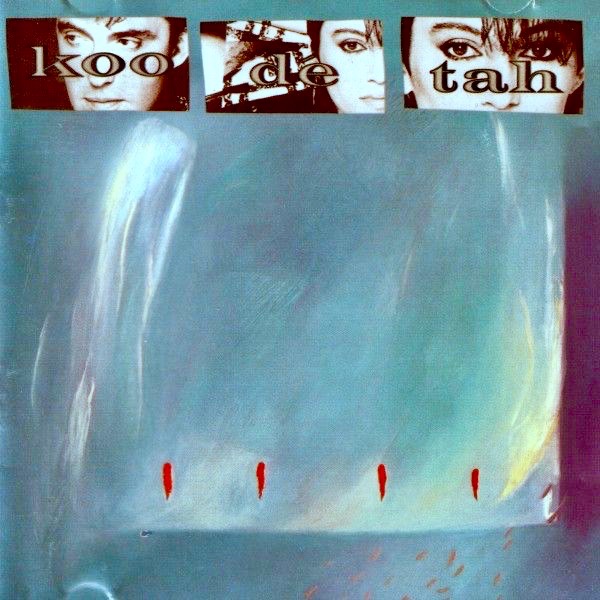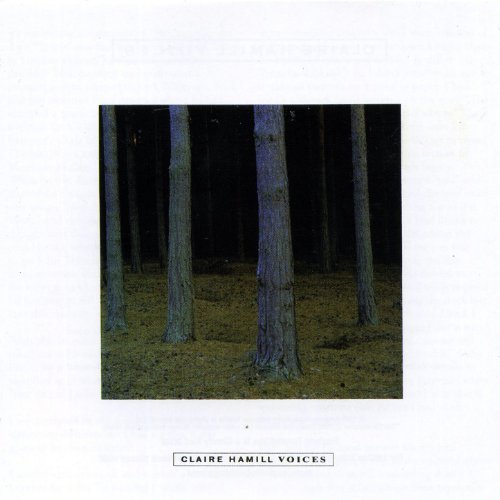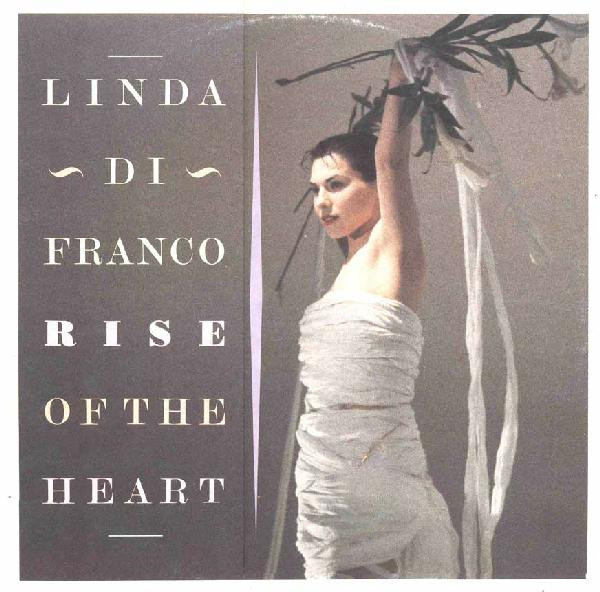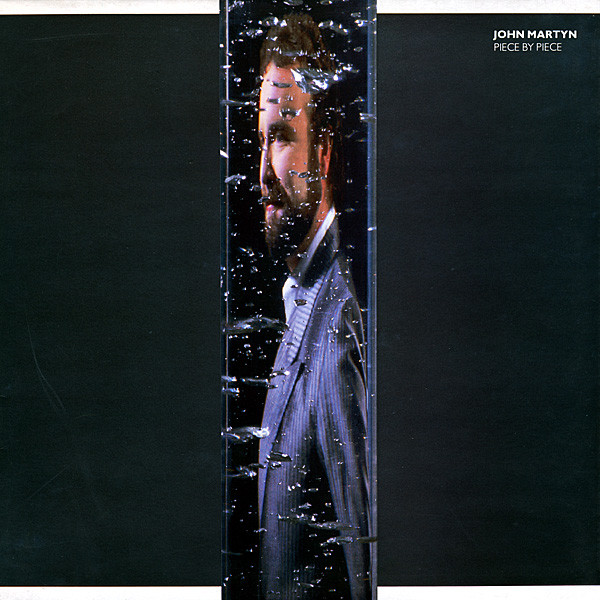
Edit: At the time of originally sharing this post, I was unaware that John Martyn had a history of perpetrating domestic abuse. I recognize the implications of embracing his work in light of that, and will do my best in the future to be more thorough in my research on the artists I write about!
—
Piece By Piece is not for everyone. But what makes it such an exemplary slice of sophisti-pop, in my opinion, is that every time John Martyn toes the aesthetic line (is this too much saxophone? does this sound like late night lonely hearts suburban radio? are these lyrics actually just bad?), he redeems himself tenfold with startlingly gorgeous instrumentation and perfectly plump, high-gloss production. It continues to surprise after repeat listens, and is extra generous in headphones.
Backing up, though–for the unfamiliar, John Martyn was a British musician and songwriter who initially came up as a precocious folk scene giant but, as is well-evidenced here, branched out into much more exploratory territory. His body of work is as big as it is diverse, so much so that I still haven’t really wrapped my head around it. It’s been suggested that it was this very proclivity towards experimentation that kept him just shy of the mainstream success that he clearly deserved. He sadly passed away in 2009. He was a truly brilliant guitarist, he loved fretless bass, and his inimitable voice could turn from wistful sweet to inhuman growling on a dime.
While Piece By Piece might be an odd place to jump into his very rewarding discography, I think it’s appropriate in its own way. “Angeline,” for example, is exemplary of Martyn’s particular breed of strangeness: at first it seems like a Toyota dad ballad, but its repeating out-of-sync broken drum sample acts as a reminder that there’s got to be more, and sure enough, the “chorus”–which isn’t really a chorus at all–breaks open so pleasingly into gorgeous washes of reverb in which the vocals disappear into dissonant synth and vice versa. Oh, and for the fretless bass die-hards, it’s all over the record in spades. A deep purple and navy blue world of a record that feels so good to live in for 41 minutes: moody, wickedly smart sophisti-pop, with more and more to say for itself at every turn. Ideal night-time driving music.
